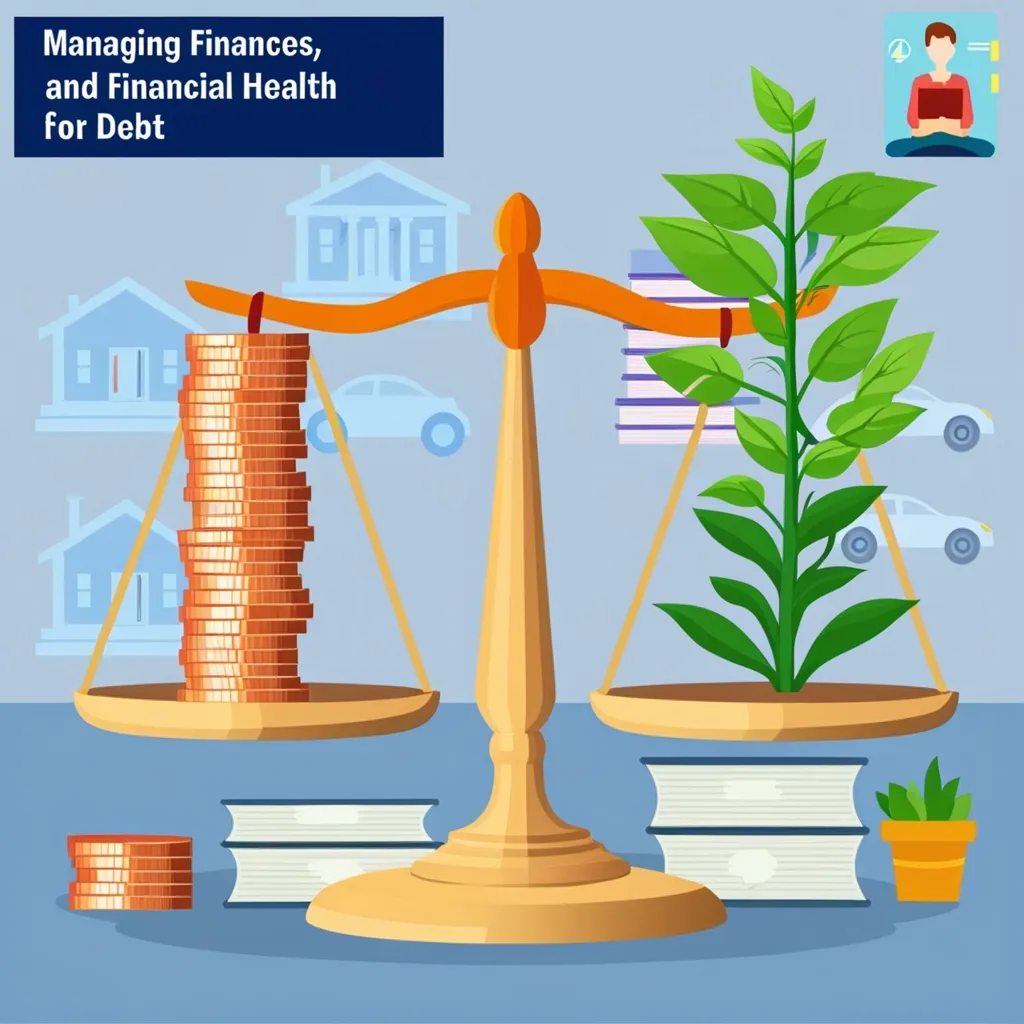Credit cards have a reputation for causing financial headaches, but what if I told you they could work for you, not against you? I know—charging every purchase feels risky. Yet, with the right tactics, credit cards can act as wealth-building tools, rolling your daily errands into genuine financial progress. Let’s rethink plastic not as a liability, but as an accelerator.
The first lesson I learned: every dollar I spend is a seed. Not every seed grows equally, though. That’s where reward optimization transforms the game. Matching cards to spending categories isn’t just about shaving off a few extra bucks—it’s about turning a routine grocery run into a long-term savings opportunity. Imagine this: you use a card that offers 5% back on groceries, another with 4% on gas, and reserve a flat 2% back card for the odds and ends life throws your way. The difference adds up fast. Let’s say you spend the average on necessities. Your yearly rewards could tally close to $800 without changing your habits—just by using the right card at the right counter.
But why stop at base rewards? Shopping portals often go unnoticed, yet they’re simple to use and stack on extra returns. Before I check out online, I ask: does my credit card portal offer bonus points today? Many do. Suddenly, a $50 online purchase isn’t just fulfilled; it nudges my rewards balance higher. What could you do with a few hundred in captured bonuses that would otherwise be lost to the ether?
Of course, capturing rewards is pointless if you pay interest. That’s why automation is my silent bodyguard. I set up every card to pay the full balance—never the minimum—a couple of days before the due date. Why rely on memory when technology can save your credit score? Automatic payments mean I don’t risk missing deadlines, and I never give lenders a dime in interest.
“Beware of little expenses; a small leak will sink a great ship.” — Benjamin Franklin
Here’s a twist that few consider—the 0% APR period. I viewed these offers as sales pitches until I realized their wealth potential. Transferring an old high-interest balance over to a temporary 0% card isn’t just about escaping finance charges. Imagine freeing up $250 a month that would have bled away in interest, and instead redirecting it straight into an index fund. Suddenly, the lender’s promotional rate becomes your investing seed money. By the end of the promo, you’ve grown a small investment instead of paying off compounding debt.
Are you using payment timing to your advantage? Most people ignore the statement cycle, but timely action can sharpen your credit profile dramatically. Instead of waiting for the due date, I pay off a portion as soon as the balance hits around 30% of my limit. Then I clear the rest just before the bill is due. This keeps my utilization low, which credit agencies love. I’ve seen my score rise by 40 points in a few months just by being intentional with payment timing. Why settle for average credit when you can build a profile lenders compete for? A strong score means lower rates and bigger rewards down the line.
“Credit is a system whereby a person who can’t pay gets another person who can’t pay to guarantee that he can pay.” — Charles Dickens
Then there’s the quarterly audit—a routine that seems trivial but might be the most impactful wealth-builder of all. Every three months, I review my earned points and cash back, moving them immediately into a high-yield savings or investment account. Points sitting in a loyalty program do nothing for me. But once transferred, even $25 can start working in the market, compounding quietly. I program a simple rule: when rewards hit a certain threshold, trigger a transfer. It’s automatic wealth capture, and it feels almost like a secret cheat code.
Have you ever used your card to flip items for profit? Retail arbitrage may sound intense, but it’s just another way to turn your available credit into real returns. I once picked up a rare book at a thrift store for $10. Two weeks later, its sale netted me $120 on a collectors’ platform. The key is researching high-demand items and moving fast to avoid interest charges. With this approach, my card provided leverage instead of liability—a stark contrast to the typical debt narrative.
Another overlooked tactic: using cash-back bonuses and points as contributions to retirement accounts. It’s easy to spend small windfalls on extras, but sending those rewards to an IRA or Roth IRA can add up. The compounding effect of even modest, regular contributions is enormous over decades. What’s more, if you direct pre-tax bonuses into a traditional IRA, you might even trim your yearly tax bill. It’s wealth-building on autopilot, harnessing today’s purchases for tomorrow’s security.
“Do not save what is left after spending, but spend what is left after saving.” — Warren Buffett
With all these tactics, my most crucial rule is to never let convenience lure me into overspending. Rewards only work when I buy what I intended in the first place. It’s easy to justify an unnecessary splurge when a bigger sign-up bonus or extra cash back dangles in front of me. That’s why I budget as if credit cards didn’t exist, then superimpose my rewards strategy on top. This keeps my financial house solid.
Have you considered the effect your credit habits have on bigger life goals? Excellent credit doesn’t just mean better card offers. It means more favorable mortgage terms, lower insurance premiums, and access to lucrative lines of credit for opportunities you can’t foresee today. By treating everyday spending as a tool—rather than a temptation—I prepare my finances for flexibility and strength, no matter what’s next.
Let’s challenge the familiar script: credit cards don’t have to be dangerous. In fact, with a little planning and discipline, they’re one of the few tools that reward you for being organized. Each tactic you adopt—whether it’s optimizing rewards, automating full payments, leveraging intro periods, timing your payments, or auditing your perks—nudges you closer to genuine financial growth.
Why settle for just keeping your head above water, when you could be building a bridge to something better? Each purchase you make is a chance to choose growth over liability. What’s stopping you from making your next swipe work for your wealth, instead of against it?






